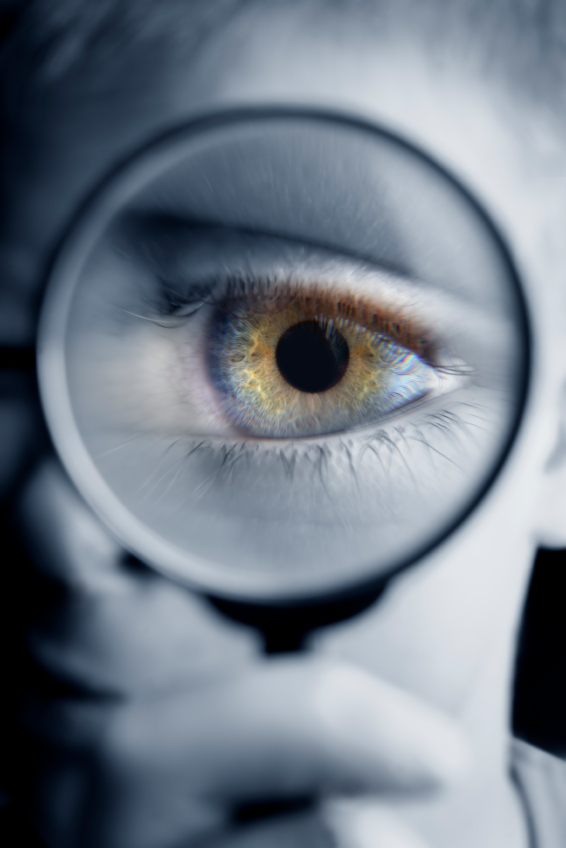
Dr. Miller: Do you know the difference between the cornea and the lens of your eyes? We're going to talk about that next on Scope Radio.
Announcer: Access to our experts with in-depth information about the biggest health issues facing you today. The Specialists, with Dr. Tom Miller, is on The Scope.
Dr. Miller: Hi, I'm Dr. Tom Miller and I'm here with Bala Ambati, and he is a Professor of Ophthalmology here at the University of Utah. Bala, tell us a little bit about the difference between the lens of the eye and the cornea of the eye for those who maybe don't know much about that.
Dr. Ambati: No one in the listening audience probably remembers a film camera, but the camera has many parts to it. Just like a camera, the eye has a focusing part in the front of the eye, and the film of the camera, in the case of the eye, is the retina.
Dr. Miller: The back of the eye.
Dr. Ambati: The back of the eye, exactly. So if you look just at the front part of the eye, there are two main structures that focus light: the cornea, which is the front clear window of the eye. And that's the part that sparkles when you're sitting across somebody that you care about in a romantic restaurant.
Dr. Miller: That hasn't happened for a while, but I like the idea of it.
Dr. Ambati: And then behind that . . .
Dr. Miller: Not true, not true. For my wife, if she's listening.
Dr. Ambati: Behind the cornea is the colored part of the eye, the iris, and behind that is the lens. And the cornea actually provides protection for the eye. It's the clear window of the eye. It provides two-thirds of the focusing power of the eye.
Dr. Miller: The cornea does?
Dr. Ambati: It does, more so than the lens. The lens provides the last third, but the lens provides what's adjustable. The lens is what helps you focus from distance to up close and then back out again. And so the lens provides the swing, in terms of accommodation and in terms of changing focus, and the cornea is providing structural protection and most of the focusing power.
Dr. Miller: So it sounds like the cornea is the anterior-most portion of the eye . . .
Dr. Ambati: Indeed.
Dr. Miller: Or the portion that is exposed to the environment . . .
Dr. Ambati: Absolutely.
Dr. Miller: So this is the part that can become dry or irritated. There can be problems with allergies. It's the front-facing piece, is that correct?
Dr. Ambati: Absolutely. The cornea is the window of the eye and it has to protect the rest of the eye from anything that hits it, whether it's speeding steel or allergy or infections.
Dr. Miller: So also, the cornea is exposed to tears and tears, I guess, lubricate the cornea and the eyelids. Is that . . .
Dr. Ambati: Indeed. The eye works because you have all of these intricate structures working together. The eyelids provide a windshield wiper as well as producing tears, which lubricate the cornea and keep it smooth.
Announcer: thescoperadio.com is University of Utah Health Sciences Radio. If you like what you heard, be sure to get our latest content by following us on Facebook. Just click on the Facebook icon at thescoperadio.com
Visit One of Our Moran Eye Care Center Locations
How the Sun Damages Your Eyes—and How to Prevent It
You know the sun can damage your skin, but what about your eyes? Ophthalmologist Jeff Pettey, MD, breaks down the risks of sun exposure to your vision, from painful short-term conditions to long-term consequences.







